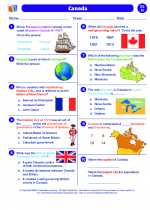Space Race: An Overview
The Space Race was a competition between the United States and the Soviet Union to explore outer space. It began in 1957 with the launch of the Soviet satellite Sputnik and culminated with the Apollo 11 moon landing in 1969.
Key Events
1. Sputnik 1 (1957): The Soviet Union launched the first artificial satellite, Sputnik 1, into orbit around the Earth. This event marked the beginning of the Space Race.
2. Yuri Gagarin's Spaceflight (1961): Soviet cosmonaut Yuri Gagarin became the first human to travel into space and orbit the Earth.
3. John F. Kennedy's Moon Speech (1961): President Kennedy announced the goal of landing a man on the moon and returning him safely to Earth before the end of the 1960s.
4. Mercury and Gemini Programs: The United States launched the Mercury and Gemini programs to develop the necessary technology and expertise for manned space missions.
5. Apollo 11 Moon Landing (1969): The United States achieved the goal set by President Kennedy when astronauts Neil Armstrong and Buzz Aldrin landed on the moon and took the first human steps on its surface.
Impacts and Legacy
The Space Race had a profound impact on technology, science, and geopolitics. It led to significant advancements in rocketry, telecommunications, and computer technology. It also fueled the development of satellite technology, which revolutionized communication and navigation. The competition between the two superpowers also had political and ideological implications during the Cold War.
Study Guide
- What event marked the beginning of the Space Race?
- Who became the first human to orbit the Earth?
- What was the goal set by President Kennedy in his famous moon speech?
- What were the Mercury and Gemini programs?
- Which mission achieved the goal set by President Kennedy in 1969?
- What were some of the impacts of the Space Race on technology and geopolitics?
[Space Race] Related Worksheets and Study Guides:
.◂Social Studies Worksheets and Study Guides Eighth Grade. Canada
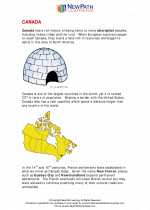
 Worksheet/Answer key
Worksheet/Answer key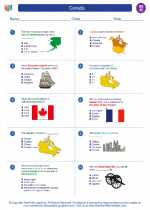
 Worksheet/Answer key
Worksheet/Answer key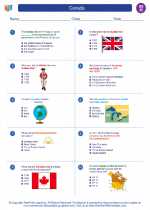
 Worksheet/Answer key
Worksheet/Answer key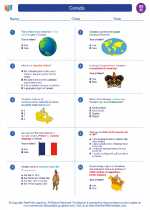
 Worksheet/Answer key
Worksheet/Answer key